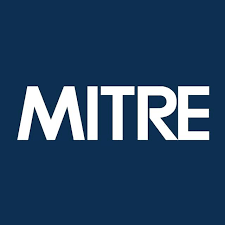JLR revs up AI and intelligent automation initiatives
To scope out requirements, it pulled together a cross-functional team of subject-matter experts in tax, legislation, materials planning, logistics, aftermarket sales, and finance, along with some external support from Tata Consultancy Services.
To scope out requirements, it pulled together a cross-functional team of subject-matter experts in tax, legislation, materials planning, logistics, aftermarket sales, and finance, along with some external support from Tata Consultancy Services.
The document processing system JLR built on Appian has around 150 daily users handling about 250 customs declarations a day. It freed up the employees to do other things and, he says, enabled the company to save £15 million (about US$19 million), largely through reduced duty payments made possible with the data extracted from the automated process.
Although the project was a success, there are some things Battle would have liked to do differently.
“The speed with which we had to find a solution here didn’t really lend itself to process improvement,” he says. Moving quickly meant the business had to pivot to accommodate the change.
“We’ve learned that time spent on process mapping and process engineering up front is a valuable investment,” he says.
New tools that promise to free up time will be welcomed by employees who feel their to-do lists are too long, and growing longer every day. Those with more manageable workloads, though, may be suspicious of something that seems redundant.
But, says Battle, “There’s nothing more powerful than the power of advocacy.” Having colleagues who have been introduced to a new piece of technology as part of their workflow become advocates or evangelists for it, which reframes the issue. “Then it’s no longer about me asking or directing; it’s the business, the people we’re here to serve, advocating the necessity for change.”
Skills development
While automation helped JLR avoid the need to hire a bunch of data entry clerks, like any other enterprise undergoing a big technology transformation, it’s had to hire or train up staff to meet the demand for new skills.
In November 2022, JLR targeted workers recently laid off by global tech firms as it sought to fill 800 vacancies for experts in AI and machine learning, cloud software, data science, and other domains.
With engineers in some big tech companies facing a new wave of layoffs as 2023 comes to an end, JLR’s hiring strategy is something other employers might want to emulate.
“It’s been a great success,” says Battle. “We’ve attracted some incredible digital talent at many levels.”
One thing manufacturing companies can offer their software developers and other IT workers — something the likes of Google or Meta can’t — is a chance to see what they worked on, or what they supported, roll off the production line and out the door. “You can tangibly see what it is you do relative to the products we create, so you can almost put your hands on the bottom line,” he says. “That seals the deal. It’s an incredible proposition for any tech professional.”








